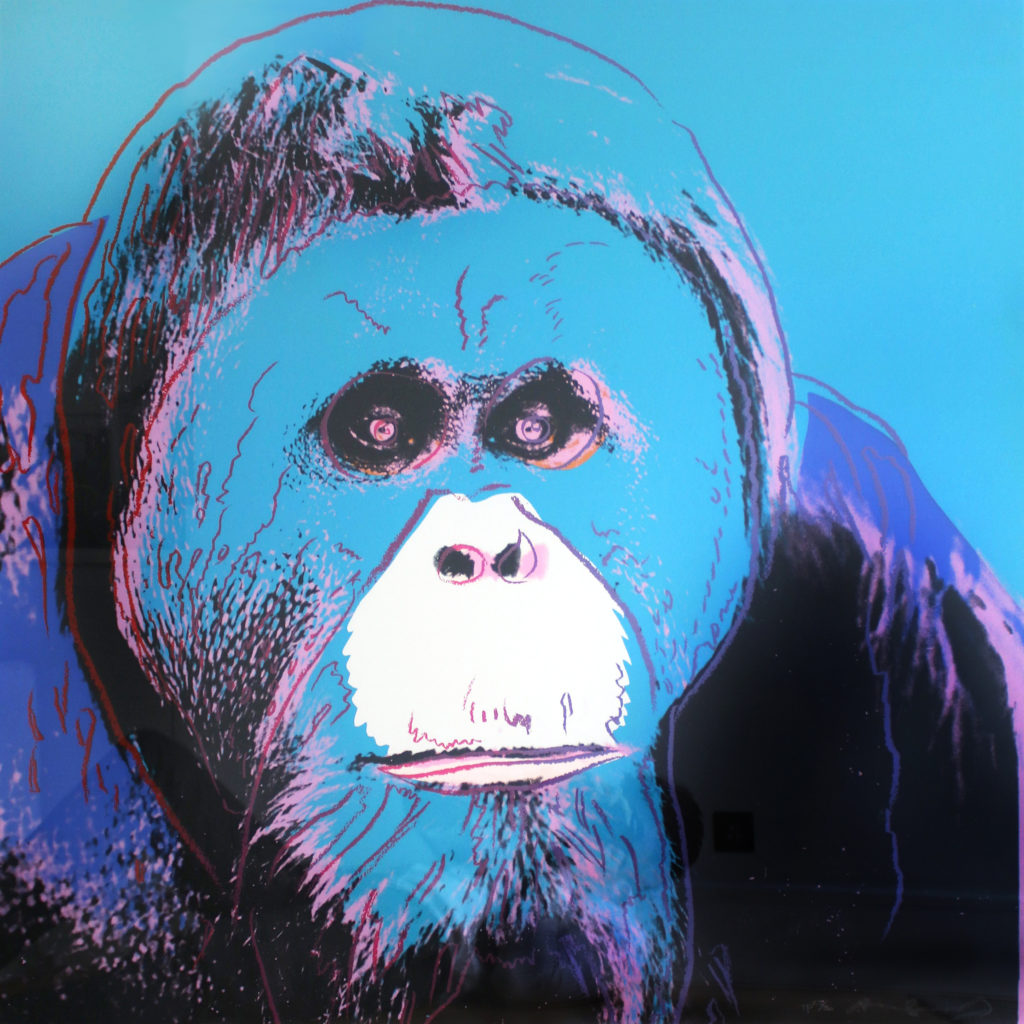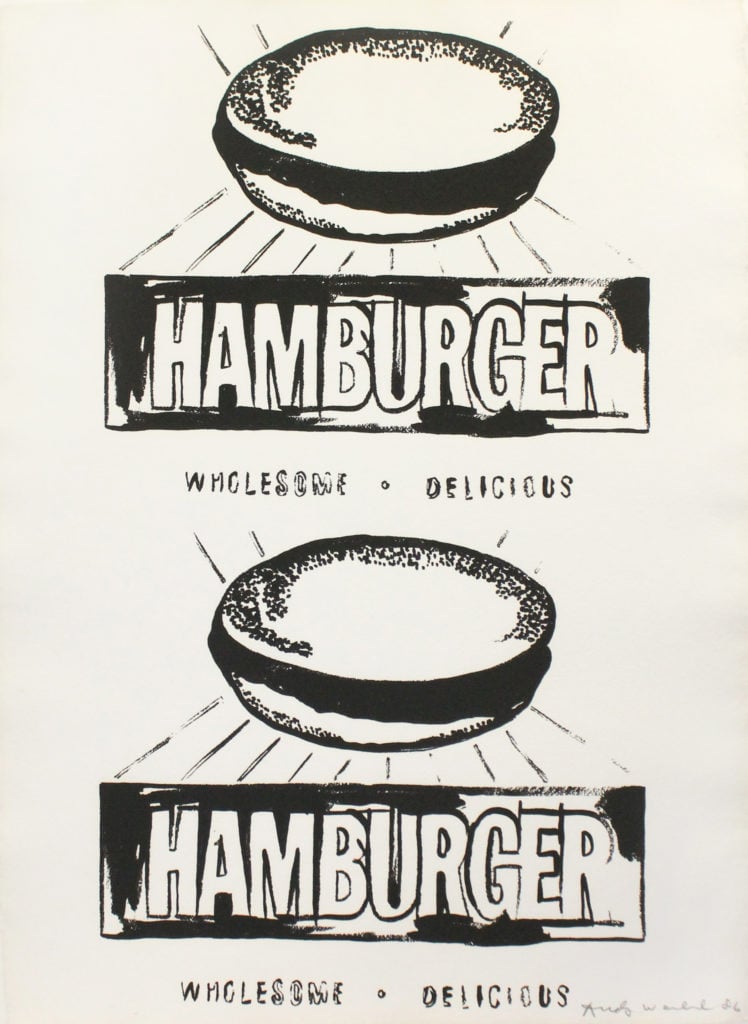‘Investing in Warhol Is Investing in Art History’: Eric Shiner on the Artist’s Legacy and Market


Artnet Auctions

Before Eric Shiner ventured into the commercial side of the art world in 2016, he was the director of the Andy Warhol Museum, where he started as an intern prior to ascending to chief curator. Now the current artistic director of White Cube’s New York operations, Shiner is widely recognized as one of the foremost experts on Warhol’s work.
As artnet Auctions rolls out its first ever dedicated sale of Warhol’s work (through January 30)—which includes rare-to-market trial proofs and unique prints, paintings, photographs, plus works-on-paper of his most sought-after subjects—Conner Williams, artnet’s head of prints and multiples, sat down with Shiner to discuss Warhol’s legacy, influence, and where collectors without millions to spend can enter the artist’s market.
As the former director of the Andy Warhol Museum in Pittsburgh, you’re one of the foremost experts on his work. Your tenure there began well before you became director. Can you tell us about your experience there? What was it like to work among the single largest collection of works by Warhol?
My time at the museum, first as the Milton Fine Curator of Art, and then as director, stands as one of the great honors of my life. Stewarding and promoting Andy Warhol’s legacy was a professional dream come true, to say the very least. The Warhol Museum has the single largest collection of his work in the world, an absolute treasure trove of hundreds of thousands of objects, from the vast Time Capsules archive through to films, videos, paintings, drawings, photographs, sculptures, and even a Rain Machine, to name just a very few. Connecting the dots between Warhol’s many bodies of work was a great thrill, as was sharing those narratives with our visitors to Pittsburgh and hundreds of thousands of visitors through our robust traveling exhibition program the world over.
This is an unfair question, but did you have a favorite work?
No, that would be akin to choosing your favorite child. My recent book, Andy Warhol: The Impossible Collection, published by Assouline, highlights my top 100 works, which keeps it fair, I’d say.
You had the opportunity to work on many exhibitions of the artist’s work at The Warhol Museum. What do you think of the current Whitney retrospective “Andy Warhol—From A to B and Back Again?” Do you think the timing will have any impact on Warhol’s market?
I absolutely love the exhibition at the Whitney and give huge kudos to Donna DeSalvo for her expert curation. Donna is one of the leading scholars of Andy Warhol in the world, and her passion for him and his work is evident in every single room in the show. It has brought Warhol back to New York with great aplomb and celebratory gusto, and new and younger audiences are responding in such positive ways. I’ve also been very impressed with the massive Instagram presence the show has generated, and I know that Andy would love that about the show the very most. And yes, I think the show will be a great boost to the Warhol market as a result.
There have been some noticeable highs and lows in Warhol’s market. In particular, the market got a shot in the arm when the Warhol Foundation partnered with Christie’s in 2012 to sell works from the foundation’s collection so it could further support its philanthropic activities. Since then, it’s been rather tepid for the high-end works. What’s your take on this?
I think it is a combination of market fatigue and mild over-exposure at the hands of the auction houses and mega-galleries perhaps promoting Warhol a bit too much, perhaps. I don’t think that’s a bad thing and I also think that the quality of works brought to market hasn’t necessarily been the best. I think the Whitney show has given the Warhol market a new shot in the arm, and I do expect to see top-tier works coming to market in the next auction season. I’ve always said, regardless, that Andy Warhol is simply the most important artist of the 20th century, and likely ever, and he will always be the gold standard by which the market is tested. Investing in Warhol is investing in art history.
You recently made the move from Sotheby’s, where you were a senior vice president in the fine arts division for two years, to the powerhouse gallery White Cube, where you’re now the artistic director at the gallery’s New York office. How do you plan on bringing your expertise and experience in Warhol to the gallery?
Warhol is a central part of my life and my thinking, and I will always use him as a reference point in exhibitions and projects when it makes sense to do so. I’m sure that tradition will carry on in my work at White Cube, so please stay tuned to see how that manifests itself in the future.

Andy Warhol, Hamburger (Double) (circa 1986). Photo: Courtesy artnet Auctions.
Is there anything you’ll miss about the auction world?
Absolutely. My time at Sotheby’s was a wonderful whirlwind of activity and I miss working with my colleagues there, just as I love my new team at White Cube.
Warhol’s work can be quite expensive for the new collector, but there are still some undervalued and under-appreciated works. Where do you see opportunities in these lower rungs of Warhol’s market?
By design, Warhol created the most democratic art market the world has ever seen when it comes to the price points for his work, which to this day range from the low thousands to the hundreds of millions of dollars. I love that the work is that broadly accessible, and I encourage all art collectors to buy what they love and can easily afford.
With most blue-chip artists, Warhol included, there are many dubious and questionable works on the market. Do you have any advice on navigating this territory?
Only buy from reputable galleries, auction houses, or other legitimate retailers, and make sure the work in question has been fully vetted.
Warhols that come to the market can be stamped with designations from the Estate, Foundation, or Board. This can be a bit difficult to understand for new and even seasoned collectors. Can you tell us about the differences between these?
There are a number of designations, but from my point of view, provenance is always the most important part of the equation, making sure that the work is directly traceable back to Warhol and the studio. Inclusion of the work in the catalogue raisonné is also proof positive of a given work’s authenticity.
Do you have any Warhols in your personal collection?
Sadly, no, but I do own the Diana Ross album for which Andy designed the cover!
Warhol is more popular today than ever, and there are so many books on him. Are there any you’d recommend?
In addition to Blake Gopnik’s forthcoming biography on Andy, the late 1980s MoMA retrospective catalogue is a great place to start. Matt Wrbican’s new book about the Warhol Museum archive and the Warhol Museum’s new book about the Chelsea Girls are also fabulous. And I do hope that people can see my Assouline publication, The Impossible Collection, as it gives a broad look into Warhol’s practice featuring the best of the very best of his work.
Finally, what’s your craziest Warhol story?
I just love the story that Brigid Berlin once shared with me about the true inspiration for Warhol’s Oxidation Series, otherwise known as the Piss Paintings, which involved one of her beloved pugs relieving himself on one of Andy’s blank gold canvases. As a dog owner, I just love knowing that an inevitable dog accident was the driving force behind one of Warhol’s greatest series.
artnet Auctions’s Warhol sale is live now through January 30.